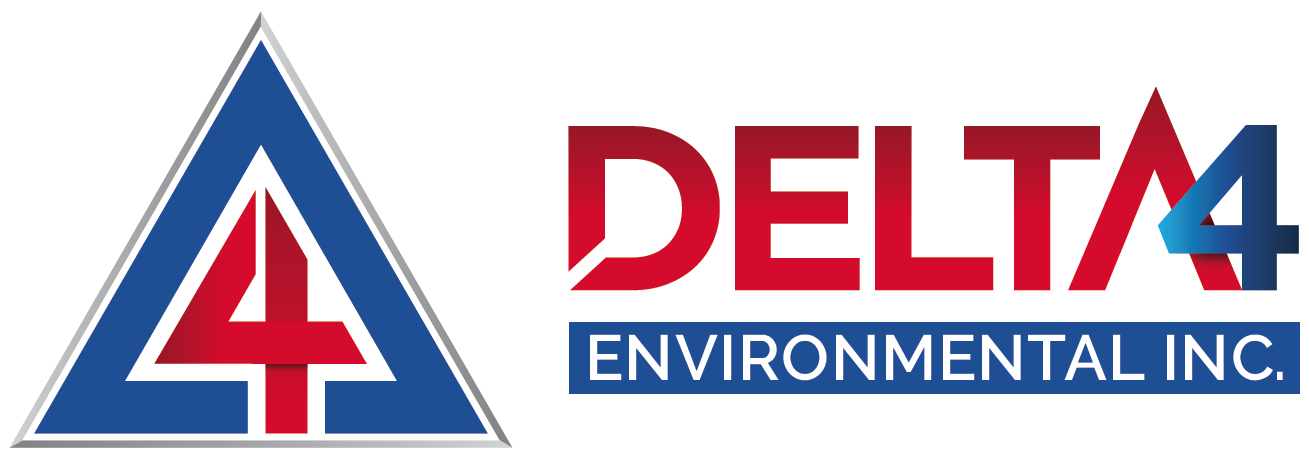Asbestos Abatement
In construction, asbestos abatement is a set of procedures designed to control the release of asbestos fibers from asbestos-containing materials. Asbestos abatement is utilized during general construction in areas containing asbestos materials, particularly when those materials are being removed, encapsulated, or repaired. Abatement is needed in order to protect construction workers and members of the general public from the many negative health impacts of asbestos.
Lead Abatement
Mold Remediation
Controlled Removal and Disposal – According to mold remediation protocols, contaminated materials that cannot be cleaned will be safely contained and removed. These materials may need to be replaced to prevent contamination from recurring in the area, and include: carpet and pads, equipment, clothing, furniture, drywall, and other materials.

